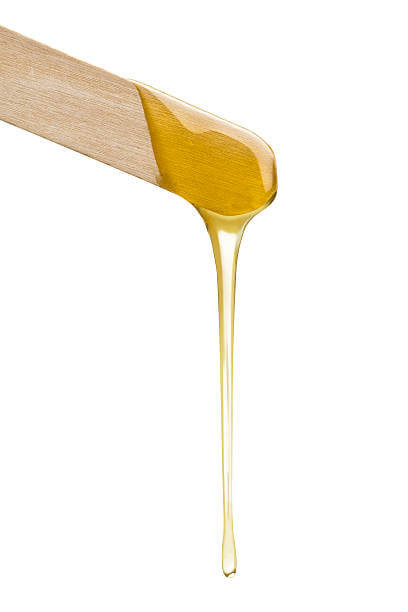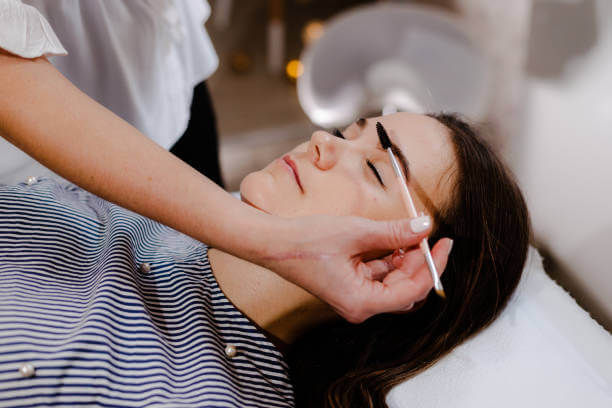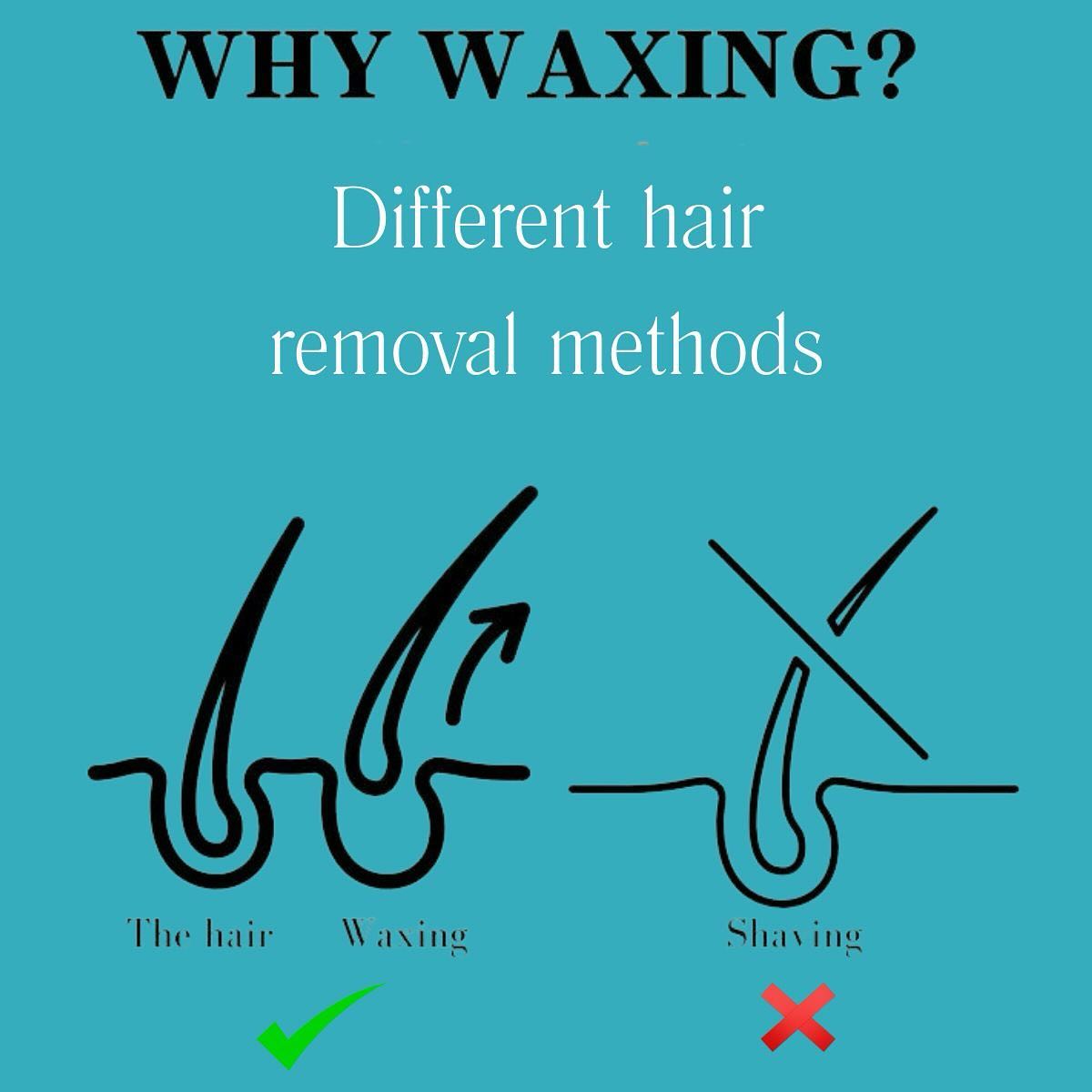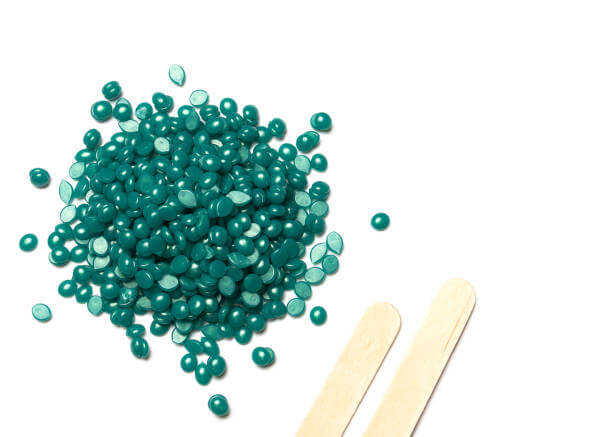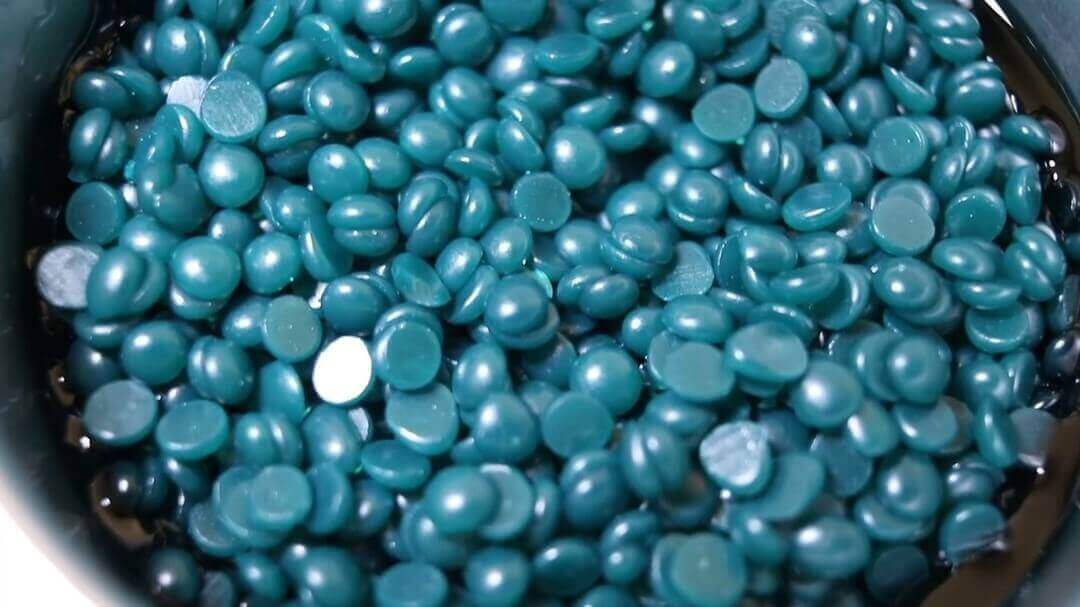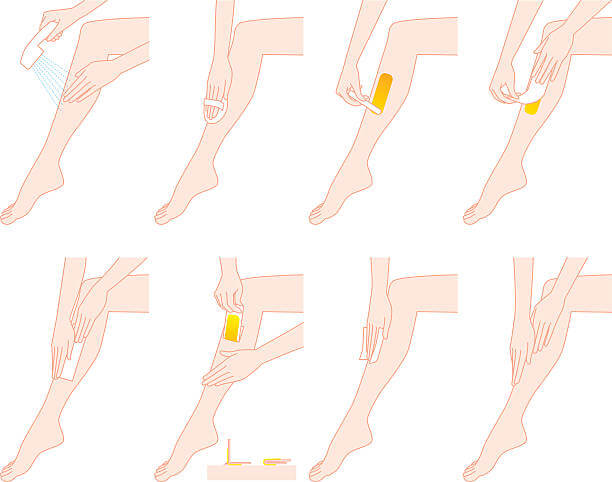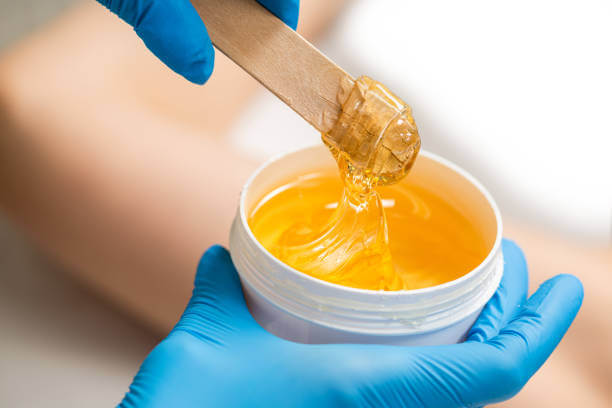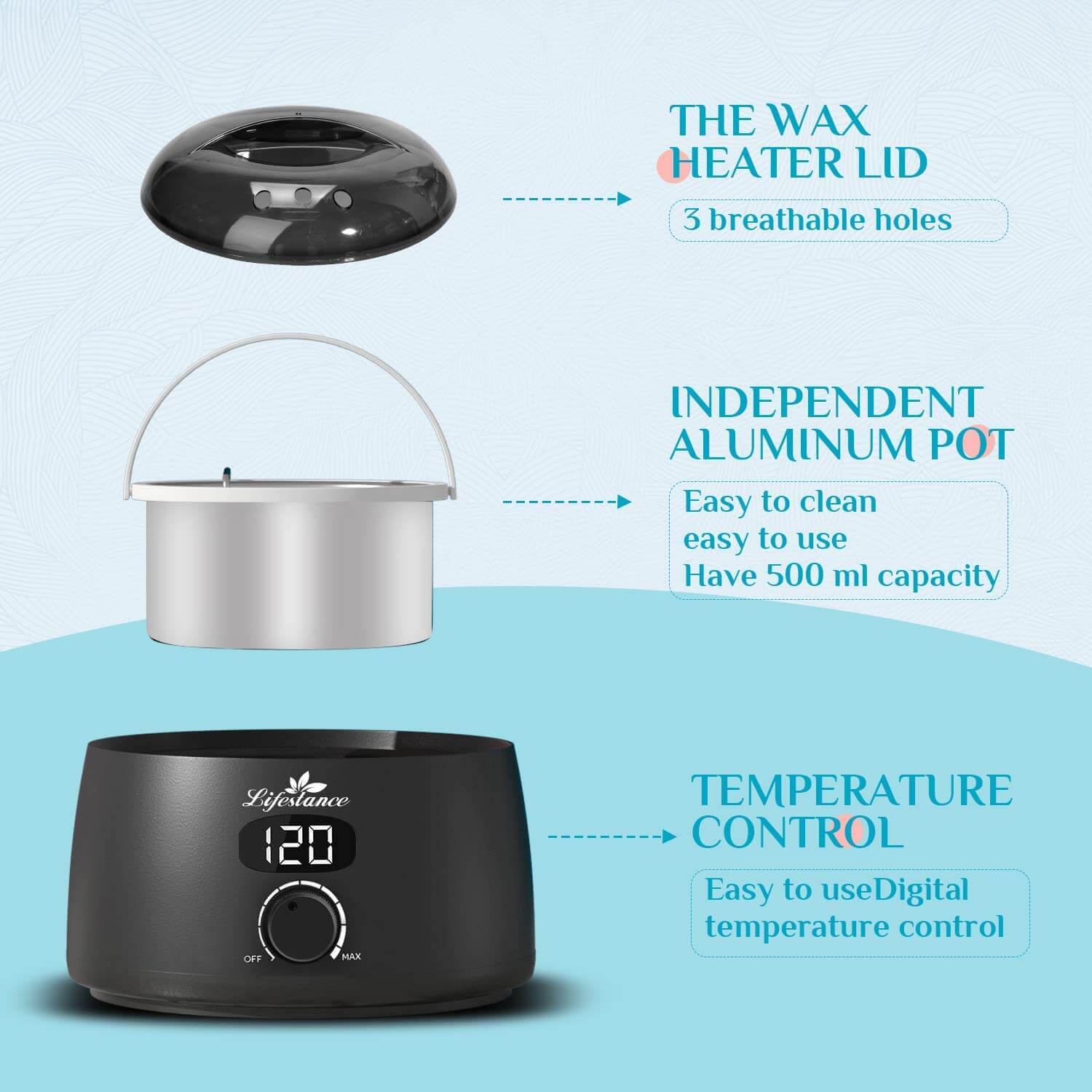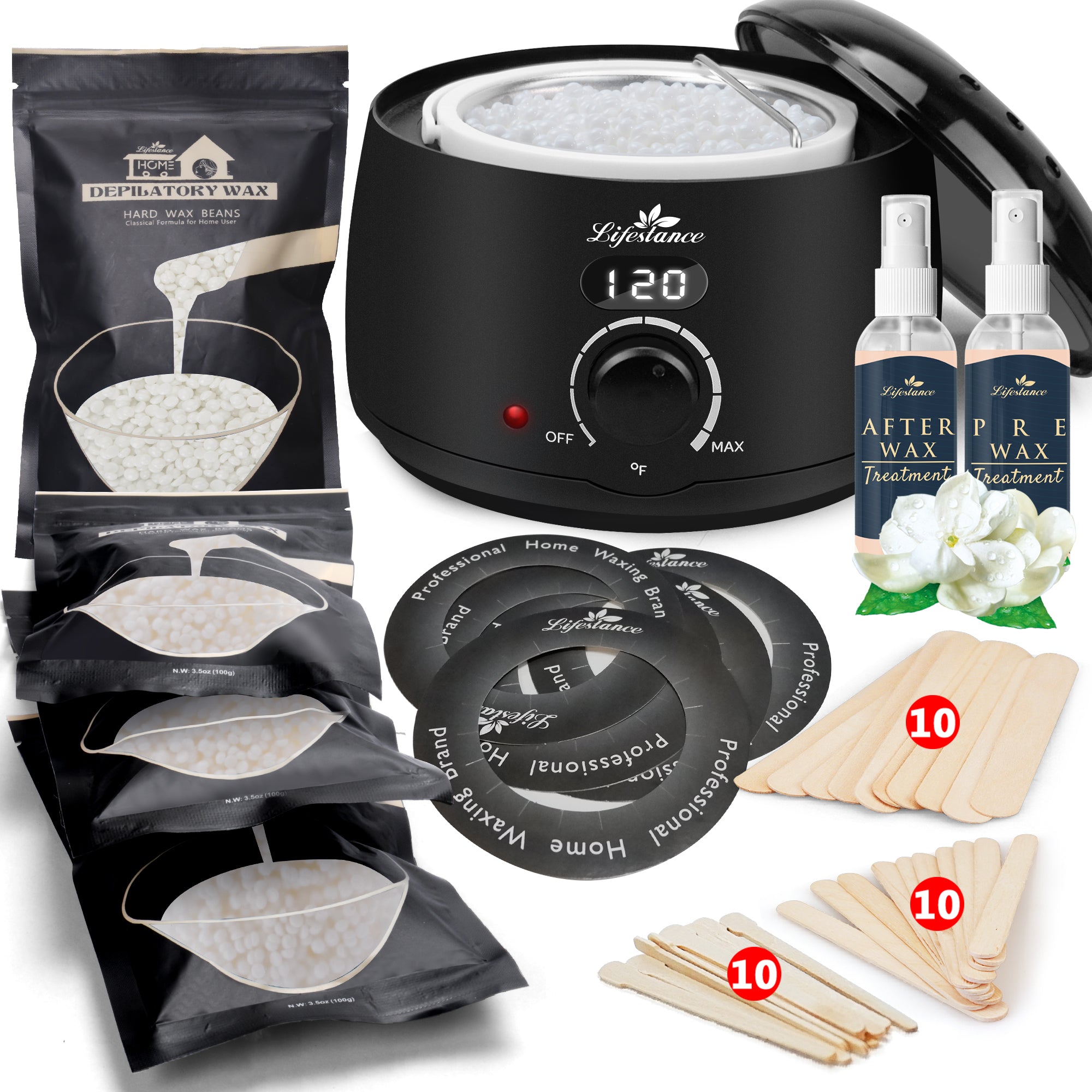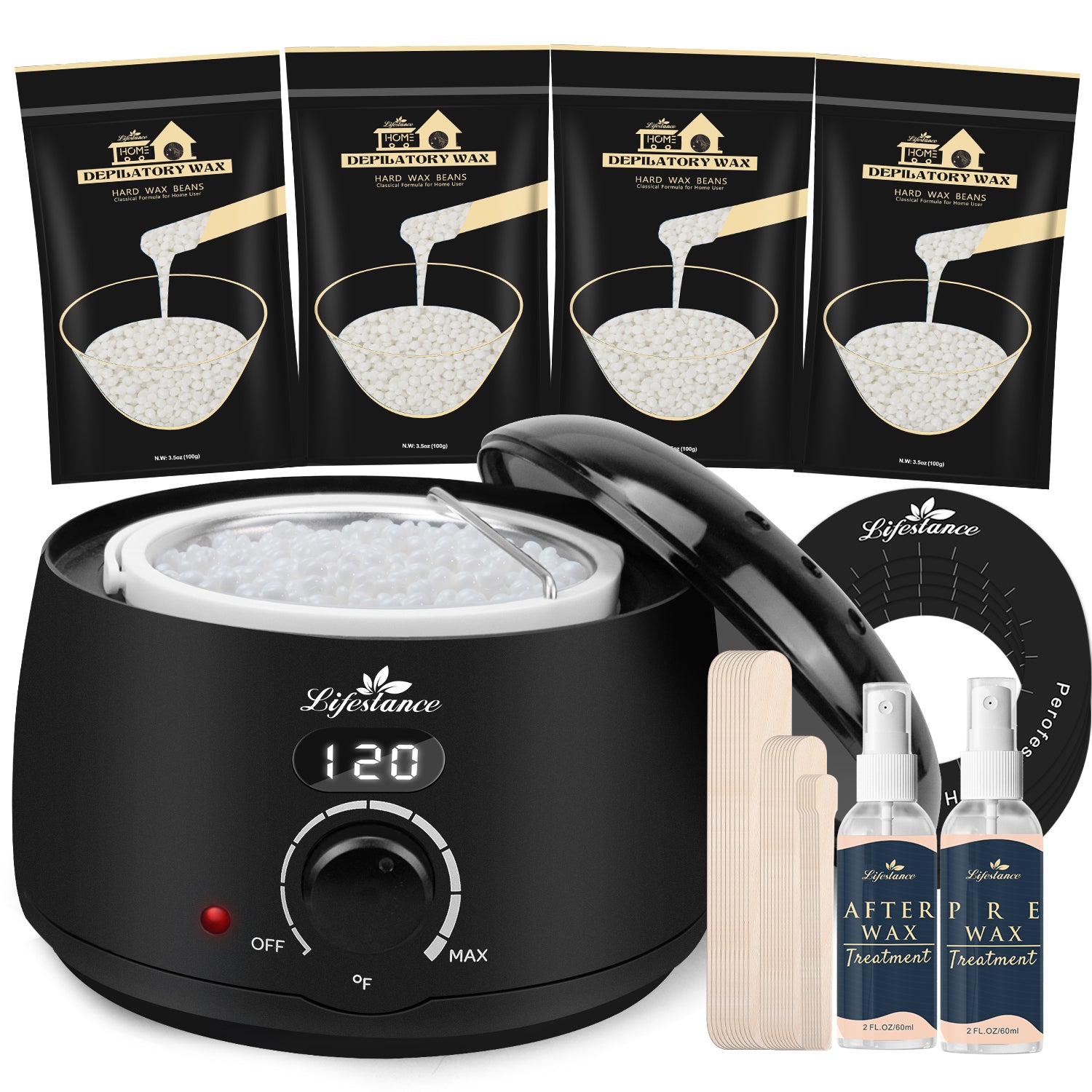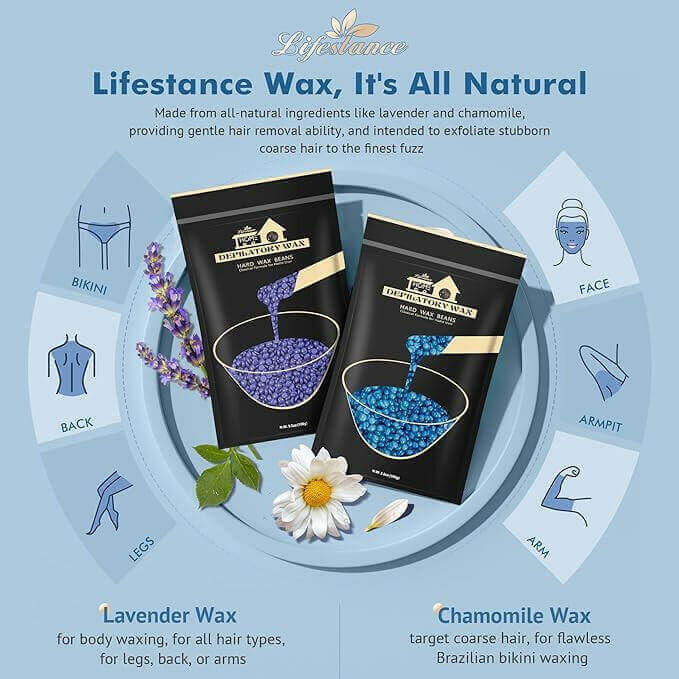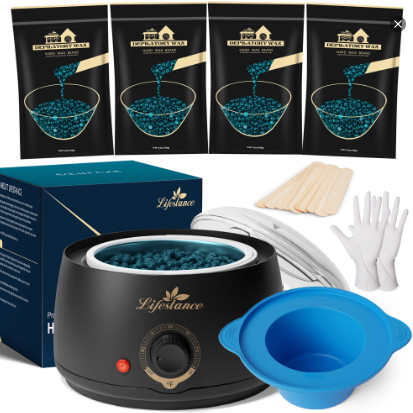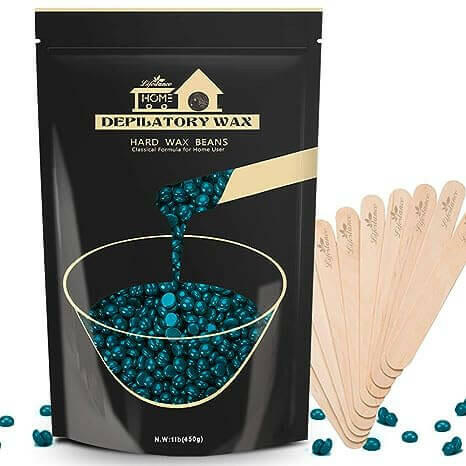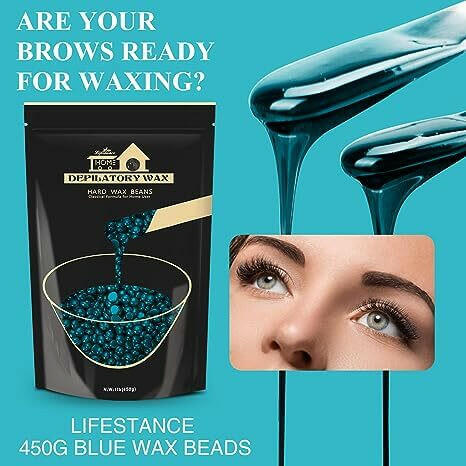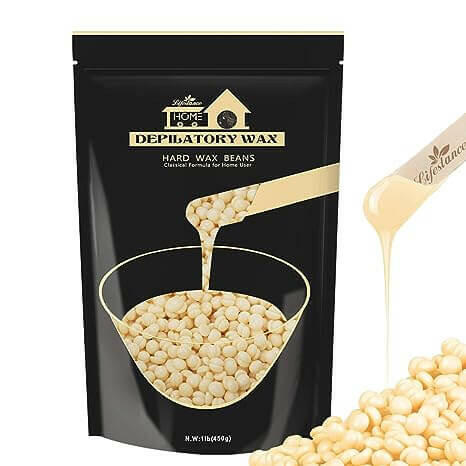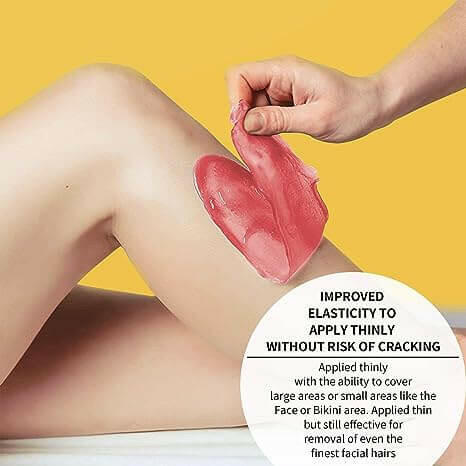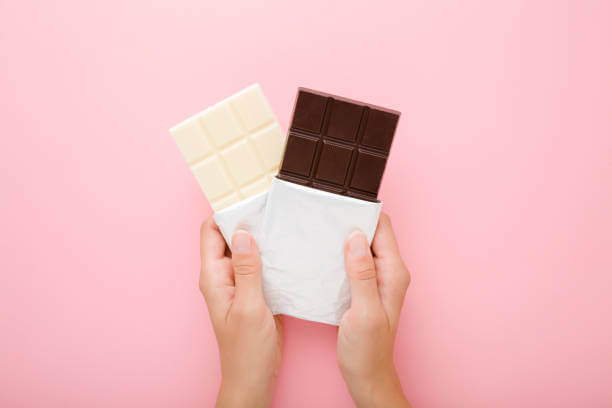
White Chocolate vs. Dark Chocolate Wax: The Contrast
Know the Difference: White Chocolate vs. Dark Chocolate Wax
When it comes to waxing, there are many different types of wax to choose from, each with its own unique properties and benefits. Two of the most popular options are white chocolate wax and dark chocolate wax. While they may seem similar at first glance, there are actually several key differences between these two types of wax that are important to understand before making a decision.
In this comprehensive guide, we'll explore the differences between white chocolate wax and dark chocolate wax, including their composition, application, suitability for different skin types and hair textures, and the level of pain associated with each type.
Composition
The primary difference between white chocolate wax and dark chocolate wax lies in their composition. White chocolate wax is made from a combination of beeswax, resin, and oils, while dark chocolate wax contains a higher concentration of resin and a lower concentration of oils.
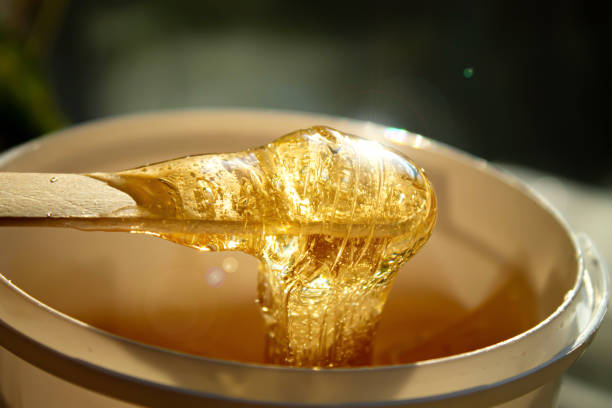
The higher resin content in dark chocolate wax makes it more adhesive and suitable for coarse, thick hair, while the lower oil content means it may be less moisturizing for the skin. In contrast, the lower resin content and higher oil content in white chocolate wax make it more gentle and suitable for sensitive skin and fine hair.
Application
Both white chocolate wax and dark chocolate wax are applied in a similar manner, using a waxing strip or spatula. However, due to their different compositions, they may require slightly different application techniques.
White chocolate wax tends to be more pliable and easier to spread, making it suitable for larger areas like the legs and arms. Dark chocolate wax, on the other hand, is thicker and more viscous, making it better suited for smaller, more targeted areas like the bikini line and underarms. It's important to note that proper application technique is crucial for achieving optimal results and minimizing discomfort.
Skin and Hair Suitability
The suitability of white chocolate wax and dark chocolate wax depends on the individual's skin type and hair texture.
White chocolate wax is generally more suitable for those with sensitive skin or fine, thin hair, as it is less likely to cause irritation or discomfort. Dark chocolate wax, on the other hand, is better suited for those with coarse, thick hair or less sensitive skin, as its higher resin content allows it to grip the hair more effectively.
It's important to note that even if you have sensitive skin or fine hair, you can still use dark chocolate wax by applying a thin layer and using a pre-wax oil or powder to reduce discomfort. Conversely, those with coarse hair may find that white chocolate wax doesn't provide enough grip, leading to incomplete hair removal.
Pain Level
Another factor to consider when choosing between white chocolate wax and dark chocolate wax is the level of pain associated with each type.

Dark chocolate wax tends to be more painful due to its higher resin content and ability to grip the hair more tightly. White chocolate wax, on the other hand, is generally less painful due to its lower resin content and more pliable consistency.
However, it's important to note that pain tolerance is highly individual and can be influenced by factors such as the area being waxed, the skill of the esthetician, and the individual's pain threshold. Proper preparation, such as taking an over-the-counter pain reliever or applying a numbing cream, can also help reduce discomfort.
Conclusion
In conclusion, while both white chocolate wax and dark chocolate wax are effective hair removal methods, they differ in their composition, application, suitability for different skin types and hair textures, and the level of pain associated with each type.
When choosing between the two, it's important to consider your individual needs and preferences, as well as the advice of a licensed esthetician who can help you make the best decision for your unique situation. With the right wax and proper technique, you can achieve smooth, hair-free skin that lasts for weeks.
Remember, waxing is not a one-size-fits-all solution, and it may take some trial and error to find the perfect wax for you. Be patient, communicate with your esthetician, and don't be afraid to try different types of wax until you find the one that works best for your skin and hair.
CONTINUE READING
Waxing Product
Why Choose Us
At Lifestance, we understand that everyone's hair removal needs are unique. That's why we offer a wide range of professional waxing kits to ensure that different skin types, body hair types and budgets are catered for. Whether you are a seasoned beauty professional or a first-time self-service waxer, we are committed to providing you with an exceptional product and service experience.
Safety and ComfortOur waxing products are made with natural and gentle formulas that have passed rigorous testing and certification to ensure that skin irritation is minimized. At the same time, our patented heating technology allows for precise temperature control, so you can enjoy a comfortable waxing experience.
Professional Quality Convenient and PracticalWhether you're a licensed esthetician or a homeowner, Lifestance has you covered. Our kits contain everything you need and are so easy to use that even beginners can master them. The quality of our products is outstanding, ensuring smooth, flawless skin.
Innovative ideas and serviceWe are constantly developing innovative technologies and formulas to provide our customers with an unprecedented hair removal experience. Whatever your questions or needs, our team of professionals is always on hand to provide you with personalized service and guidance.
When you choose Lifestance, you choose beauty, comfort, convenience and professionalism. We are dedicated to providing you with an exceptional hair removal experience that will help you look and feel your best.



